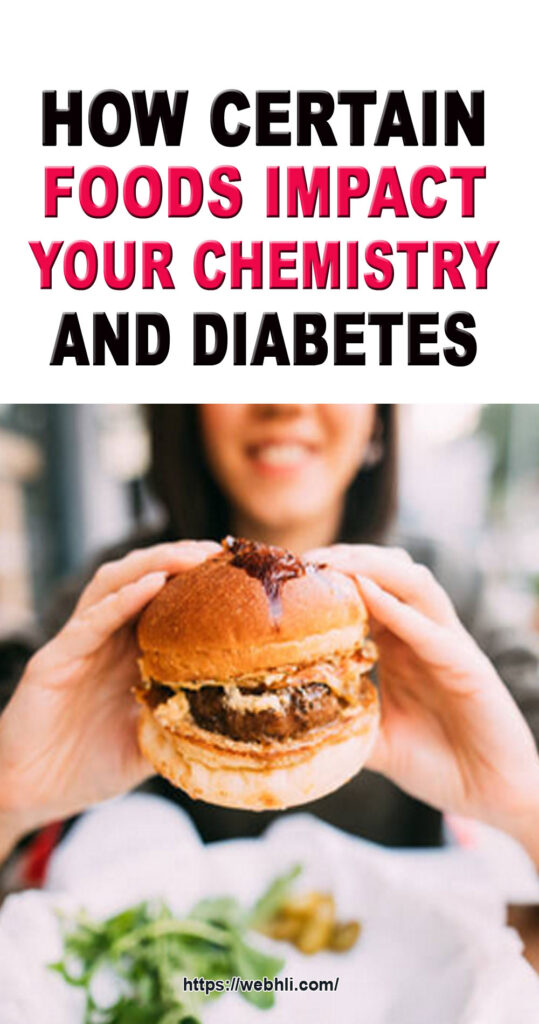
Diabetes, or Diabetes Mellitus to give it its full name, is far more common that most people realize. While no accurate figures exist for the number of people suffering from this disease, estimates are that in the United States alone there are 16 million people suffering from diabetes and over 5 million who have the disease but don't realize it. The incidence of the disease has been increasing over the last century and it is currently one of the leading causes of death in the country.
Diabetes is a physical disorder that affects the way the human body converts food into energy. Under normal conditions, some part of the ingested food is converted into a form of sugar known as glucose. This glucose then enters the blood stream and circulates around the body. When a cell needs more energy, the glucose enters the cell and becomes the fuel that activates the cell. The actual movement of the glucose into the cells is caused by a substance called insulin that is produced by the pancreas.
Check out these related articles, too:
Control Your Diabetes Better With These Helpful Tips
Gastroparesis - A Challenge to Control
Blood Sugar Control and Diet - A Plan to Reverse Diabetes
Diabetes Natural Home Remedies – Worth a Try?
Can Magnesium Prevent Diabetes?
Zinc Shown to Promote Insulin Production In Diabetics
Prevent Side Effects From Diabetes Drugs
Why You Should Stop Taking Drugs for Your Diabetes
What Does It Mean To “Reverse Diabetes?”
The pancreas is both the producer and regulator of the amount of insulin in the system. A properly functioning pancreas will adjust its output of insulin to keep it at the optimum levels for the glucose to be converted into energy. But if the pancreas is unable to function properly, the whole energy conversion system, vital to the continued functioning of the body, begins to break down. And the blood sugar levels on the body rise and there is no way for this to be converted into energy.
There are two main types of diabetes called type 1 diabetes and type 2 diabetes. Those who suffer from type 1 are unable to produce any insulin at all. Those who suffer from type 2 are able to produce insulin in their system, but the cells do not react to it. Either way, the conversion of glucose into energy in the cells is halted. As the levels of blood sugar continue to rise, the condition can become life threatening.
Before we look at types 1 and 2, there is a condition known as pre-diabetes that needs to be understood. This is the early stage when you body is either not able to produce adequate quantities of insulin or the cells are beginning not to respond to it. This is not diabetes but a warning sign that diabetes will occur. While the onset of type 1 is inevitable, it maybe possible to forestall the development of type 2 diabetes by weight loss, exercise and controlled diet.
Type 1 diabetes is most common among the under 30 age group, but it can occur at any age. The origins of the disease are still not fully understood but it is known to be cause by genetic disorders. The only way for a person with type 1 diabetes to continue to function is by taking frequent and regular injections of insulin to maintain the blood sugar levels in the body. About 5% of all diabetes patients suffer from this form of disease.
Type 2 diabetes is far more common that type 1 and affects 95% of all diabetes patients. The reason for that is that it is a lifestyle disease, brought on by obesity, lack of exercise and improper diets.
Whichever type of diabetes a person may have, the symptoms are:
o Slow healing of bruises and cuts
o Itchy dry skin
o Numbness in the hand and / or feet
o Blurred vision
o Acute weakness
o Sudden weight loss
o Excessive thirst
o Frequent urination
A person suffering from any of these symptoms should have himself checked for diabetes immediately. The good news is that with proper care and regular insulin injections it is possible for most patients to lead a fairly normal and active life.
Summary of foods to avoid and how they impact your chemistry.
1. Sugar, Refined and Too Many Carbohydrates.
2. High GI Foods, Fruit Juices, Soft Drink's
They raise the following chemistry markers:
1. Raises serum glucose
2. Raises serum triglycerides
3. Raises serum insulin, decreased DHEA
4. Raises serum cholesterol (increase LDL, decrease HDL)
5. Raises LDH
6. Upsets endocrine balance
7. Depletes chromium
8. Depletes Zinc
9. Depletes Magnesium, Manganese and Potassium
For more in dept information you can go to Holistic health practitioner [http://www.HelenaEderveen.com]
Helena Ederveen is an Associate Member Australasian College Nutritional & Environmental Medicine; Clinical Nutritionist; Certified Master Practitioner NLP & Advanced Practitioner Eriksonian Hypnosis; Counsellor. 25 Years Experience. Are You Serious About Discovering Your Own Individual Blueprint Of Health? Free "Health Blueprint" Assessment.
Good Energy Food for Diabetics
10 Simple Food Concepts Every Person Living With Diabetes Should Know
Making Cheesecake For Diabetics
Enjoy the Taste and Benefits of Diabetic Foods
Will The Mulberry Leaf Help Your Diabetes?
5 DIABETIC FRIENDLY SALADS Some Tasty
DIABETIC LEMON COCONUT COOKIES Some Tasty
50 Healthy Diabetic Recipes That Are The Best
My own health is what has driven me to become supremely qualified as a holistic health practitioner.
By 2002 I was involved in looking at pathology profiles with completely different eyes. It deepened my understanding of certain scientific laboratory technologies that can define and suggest how to rectify health imbalances before they mature into full-fledged disease.
Article Source: http://EzineArticles.com/2118141

 Protected by Patchstack
Protected by Patchstack